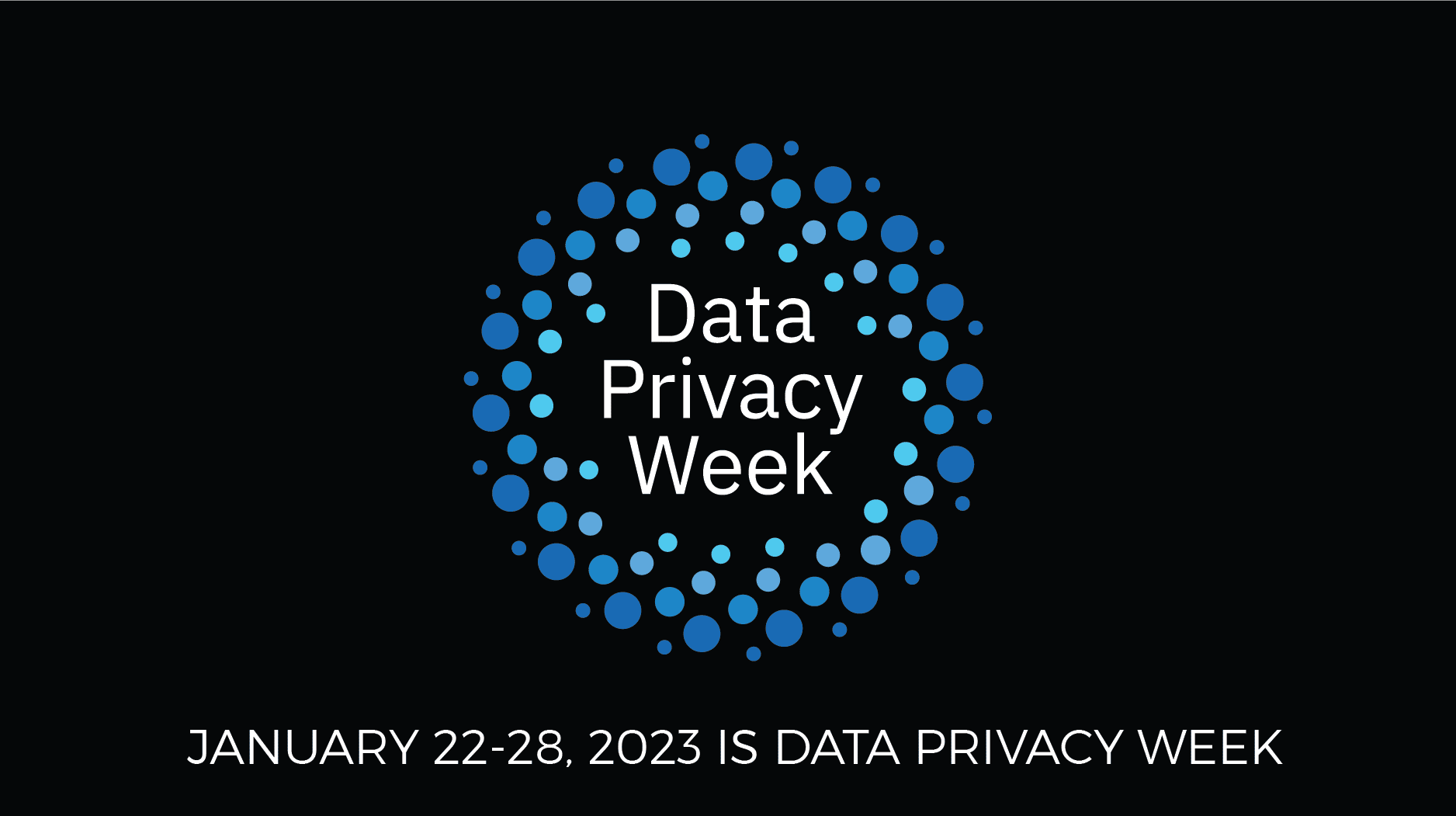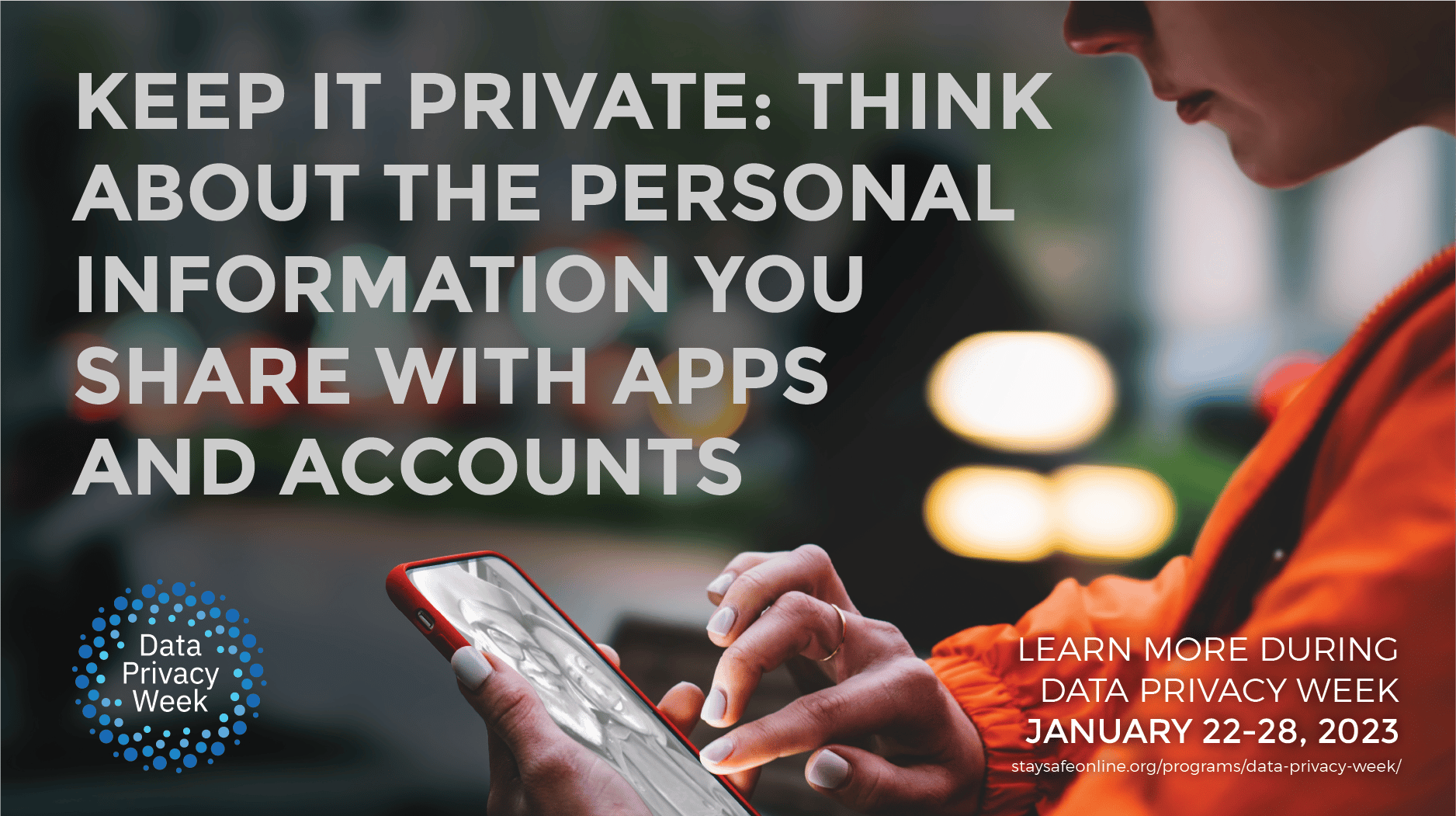Every year on 28 January, the National Cybersecurity Alliance (NCA) dedicates the entire week and 28 January specifically to bring awareness to the public on data protection and data security best practices. Even though we are diving deeper and deeper into the Digital Age, there’s still a large population of people who are not tech savvy, or frankly, even tech literate. The annual international campaign is called Data Privacy Day (DPD), and heavily focuses on educating people, both individuals and businesses, on how to comply with privacy laws and regulations. Moving forward, this will help the public know how they can better protect and manage their personally identifiable information (PII).
Millions of people across the globe are unaware of the various ways their PII is being used, collected, and shared, with many not knowing it’s also being sold by third parties. It’s this reality specifically why the NCA targets anyone with any sort of online presence. How did Data Privacy Day get its start? This internationally recognized day was initially established in 2008 in North America as an extension of Data Protection Day in Europe, which has been in effect since 1981. It is the first legally binding international treaty to recognize data privacy concerns.
Last year, the NCA expanded Data Privacy Day into a week-long initiative called Data Privacy Week. The week-long campaign, lasting from 24-28 January, is filled with various steps, goals, and webinars individuals and organizations alike can make and attend as a way of encouraging transparency about how their PII is being used.
You can find a full list of Data Privacy Week events here on the NCA’s website. Below, we break down the major takeaways both individuals and organizations should take from the week-long event.
Data: The Story of You
While you may not think your information is important or valuable, there are plenty of people out there who would do almost anything to obtain it. When it comes to keeping our PII and personal health information (PHI) safe, it is crucial to think of your personal data as the most valuable thing you own. If you were hiding some flashy, expensive, and highly coveted family heirloom, you would do anything to protect it, right? Think of your personal information as that heirloom; it is the most precious thing you have. Critical information such as your IP address, purchase history, and location can offer hackers a wealth of knowledge as to your income, spending habits, card information, and where you live.
Know what to expect in the privacy/convenience tradeoff
Think about the last time you downloaded an app. What kind of information did you have to grant the app access to in order to use it? Share your geographic location? Grant access to your contacts and photo albums? For example, why does a puzzle app need access to my contacts and location in order for me to play? By allowing access to these very personal and private forms of information, you may be offering up much more than necessary.
When releasing or posting any private or personal information, it is best to make informed decisions on what you should do: weigh whether or not the information they are asking for is really necessary, how the benefits weigh against the tradeoff, and, honestly, if you really need the app at all.
Adjust your privacy settings
If you decide to deem that puzzle app worthy of your phone storage and time, try to take an extra moment or two to review the app’s privacy and security settings, and adjust them to your comfort level as necessary. (I know, who even reads an app’s Terms and Agreements anymore, right? Wrong! You should!) While you’re at it, delete those apps you no longer use. In addition to taking up useless storage on your phone, they could also still be collecting data about you and your habits.
You can get a head start with NCA’s Manage Your Privacy Settings page to get more information.
Protect your data
While data privacy and data security are not interchangeable, they are in fact a packaged deal. By adopting these practices, such as creating long and intricate passwords, utilizing multi-factor authentication when possible, and using a password manager you can continue to keep your passwords and information secure and up to date.
Organization Level: Respect Privacy
As an organization, your consumers’ and customers’ private data should be your utmost concern. By respecting their data and being transparent, an organization instills trust which will in turn enhance reputations and company growth.
Conduct an assessment
In a “post-COVID” world, more than 15% of total U.S. job opportunities are now remote. Regardless of if your organization operates fully remote, in a hybrid model, or is even located outside of the continental United States, it is important to understand the privacy laws and regulations in which your business operates and to ensure they are being followed. Especially when working with remote or hybrid employees, it’s best to reevaluate your security measures, access to individuals’ personal information, what that personal information may be and if it is still relevant to keep on file, and to maintain oversight of any outside partners and vendors as well to ensure they are not misusing your consumers’ information.
Adopt a privacy framework
By adopting a privacy framework that works best for you and your consumers, an organization can help mitigate potential risk and implement a privacy culture within your organization. The NCA recommends reviewing the following frameworks to start: NIST Privacy Framework, AICPA Privacy Management Framework, and ISO/IEC 27701 – International Standard for Privacy Information Management.
Educate employees
By creating an office culture surrounded by data privacy and data security, you are educating your employees on not only how to keep their personal information safe but how to better serve your consumers and their information. Engage staff by asking them how they view your current privacy culture, implement mandatory training and webinars, and consistently assess your current standards.
In addition to these methods, transparency about how your collect, use, and share consumer information is crucial. Be up front and honest with your clients, users, or consumers about what they can expect their information to be used for and offer them other settings to protect their information by default.
And lastly, when your information-bearing media reaches end-of-life — whether hard drives, portable IT storage, or even paper — securely destroy it to prevent leaks and data breaches down the road.



